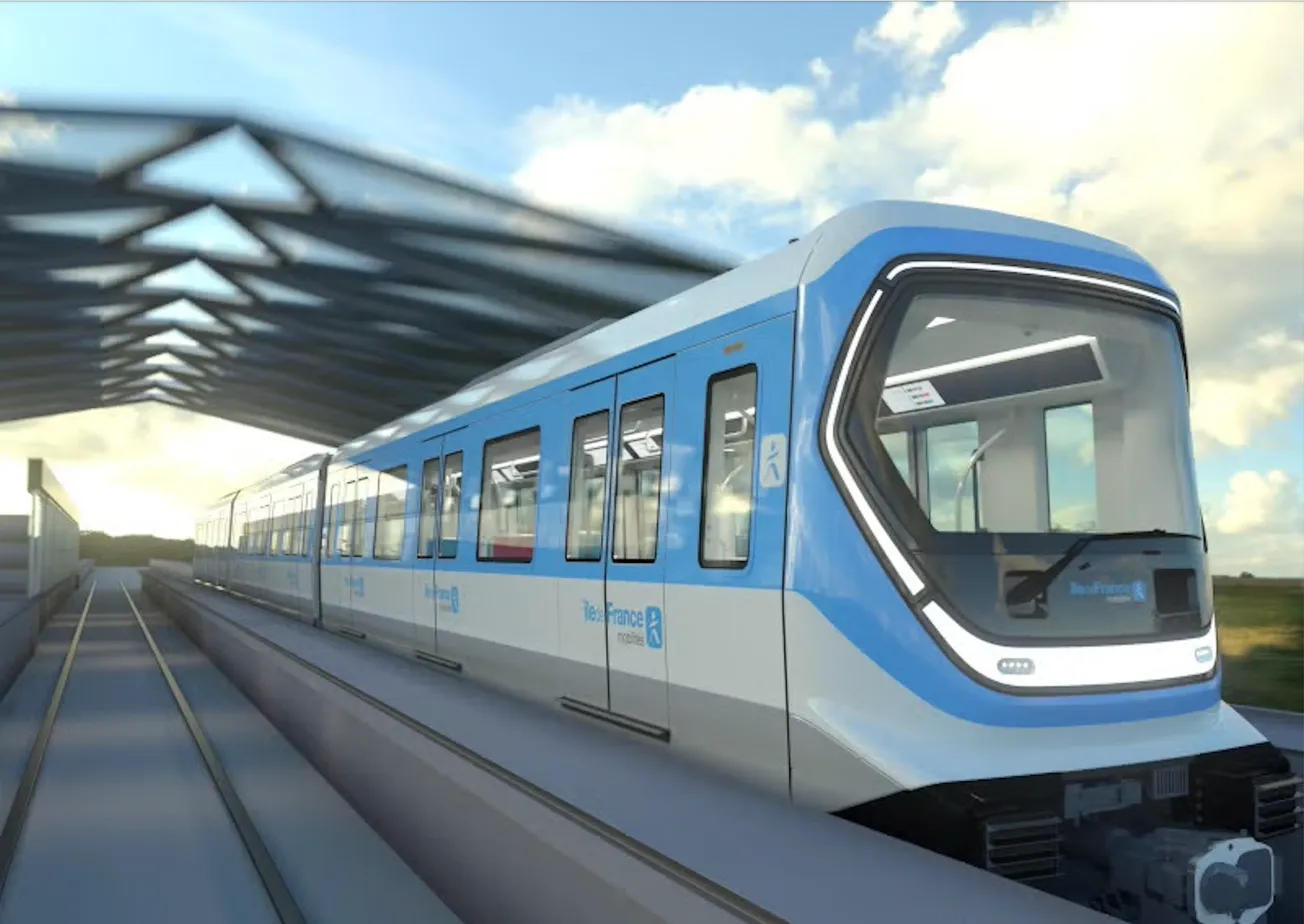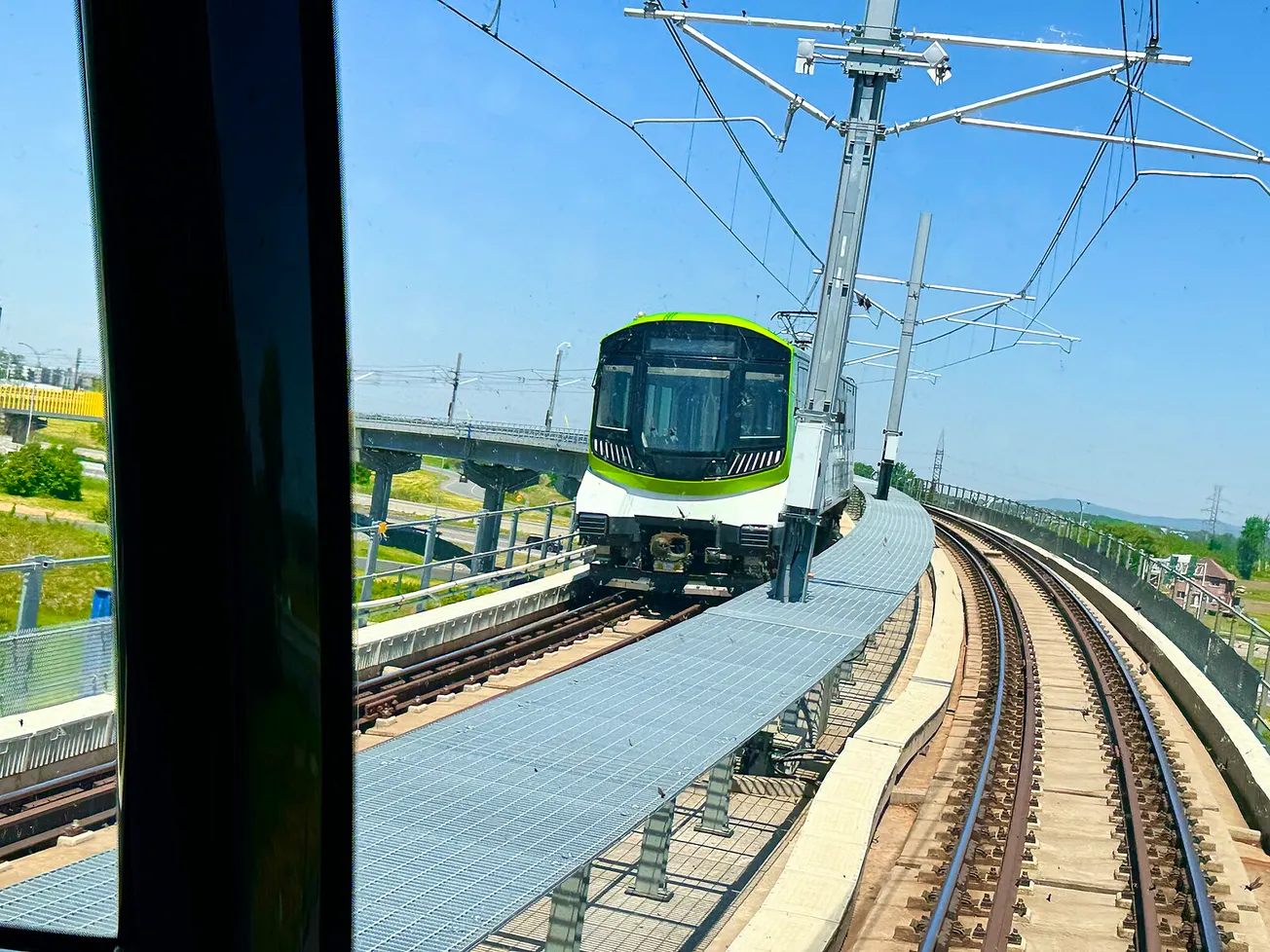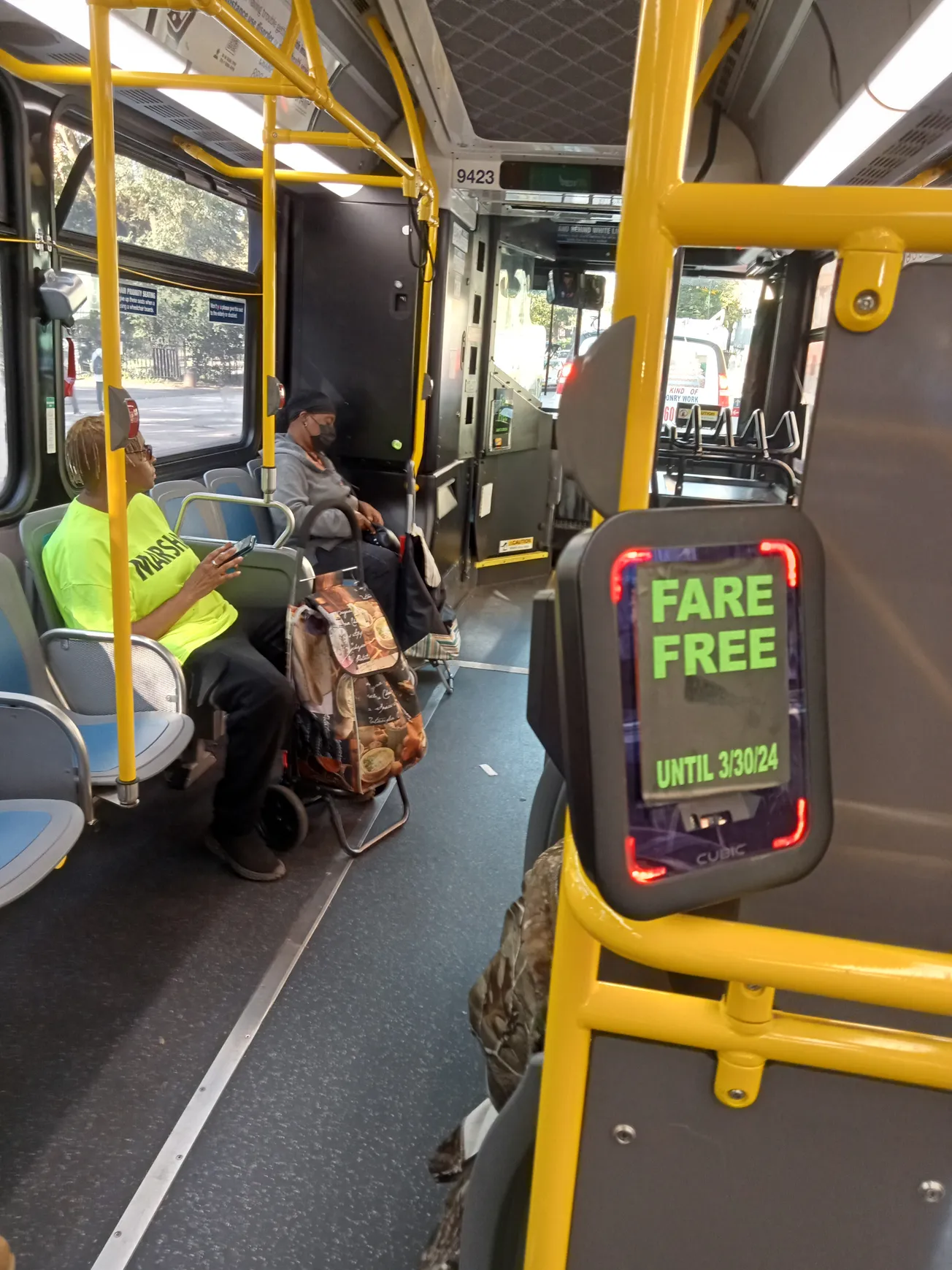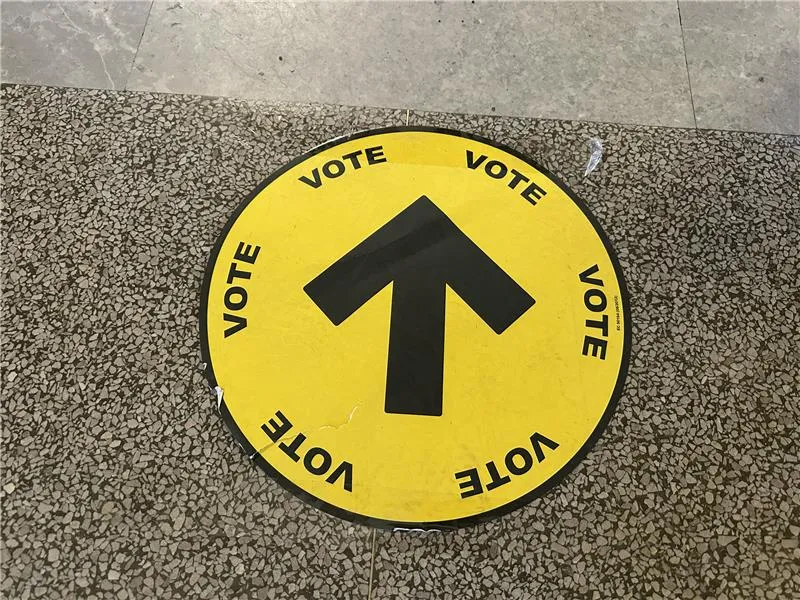// I live in Montreal, where excitement is building about the imminent opening of the second phase of the Réseau express métropolitain (REM). This is certainly the most ambitious urban transit project in Canada, and probably in the Americas: a mostly elevated driverless electric light metro system offering frequent service, with headways of as little of two and a half minutes at rush h0ur, to the center and suburbs of Montreal, whose metro area is 4.4 million. Five stations have already opened, and, if all goes well, 15 more will be online as of (...checks watch...) November 2025. I've written about riding the line to the south shore of the St. Lawrence River here, and I hope to report on a sneak peek of the opening of the line to Deux-Montagnes, northwest of the islands of Montreal and Laval, in the next few weeks.
When the REM is fully built out, which could be as early as 2027, 26 new stations on three branches will be added to Montreal's rail transport network, which already includes the 68 stations of the metro, and the 52 stations of the EXO commuter rail network. Not bad, until you look at what the world's second largest Francophone city (after Kinshasa, in the Congo) has in store for its citizens. For the last dozen years, the City of Lights has been hard at work on the Grand Paris Express (GPE), a massive expansion of its historic urban rail network, and the largest infrastructure project in Europe. The French are thinking big, really big, and as this project gradually comes to fruition, I believe it's going to give the transportation world as big a kick in the pants as the opening of the London Underground, the New York subway, and the original Paris métro did back in those long ago, Victorian-Gilded-Age-Belle-Époque days.
I took an in-depth look at France's role in the history of urban transport in my book Straphanger. This is the nation that invented public transport, when philosopher Blaise Pascal introduced his system of horse-drawn carosses à cinq sols in 1662. Its métro network, born with the 20th century, now counts 321 stations, and its commuter rail network, the Réseau Express Régional (RER), whose first line opened in 1969, counts five lines and 257 stations. The métro was conceived as a system to link the termini of the various intercity railway lines (the Gare du Nord, Gare Montparnasse, Gare de Lyon, etc.), and for most of its existence, it served Paris intra-muros (the 20 arrondissements within the orbital périphérique expressway). The RER is a mash-up of an S-Bahn and a metro, and uses heavy-hauling trains, some of them bi-level, to link inner and outer suburbs to the heart of Paris and its bus, tram, and metro systems. And the RER continues to grow: the latest addition, before the 2024 Olympics, is an extension of the RER E (aka the EOLE, the Est Ouest Liaison Express) to Nanterre, which, though it added spacious new stations and brand new trains, has been plagued by frequent delays, water leaks, smoke in the tunnels, and other problems.
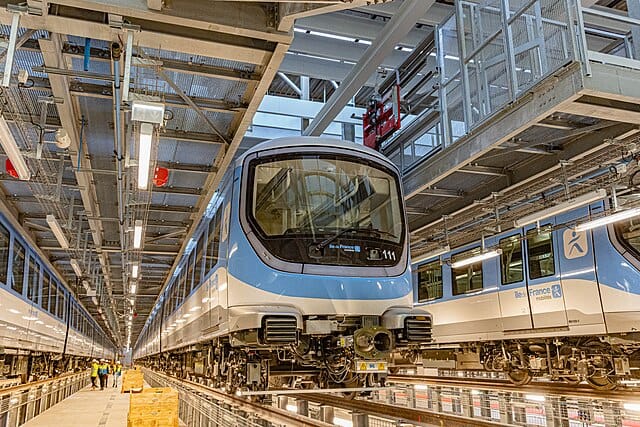
Many large cities around the world now have what Paris has had for the last fifty years: a combination of a metro/subway system and a commuter rail network, which together are meant to meet the bulk of a metropolis's public transport needs.


